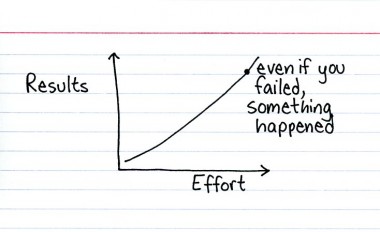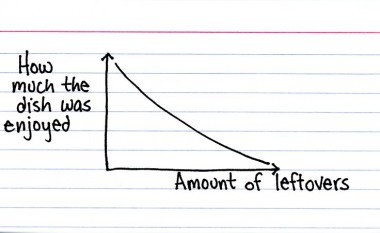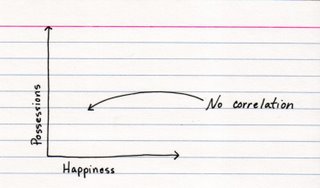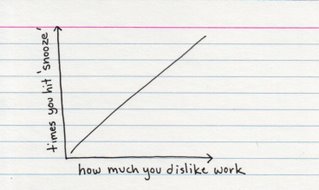So for this year I'm going simple with the rules. They were inspired by something I saw on pinterest.
I think they'll be enough. I'm especially fond of #5 because now when they tell me they give up I can reply with a smile and tell them that unfortunately that's against the rules and point to the wall. I find that they start to have fun with stuff like that, like eventually one kid will say they give up and other kids will be the ones to tell them that's against the rules. Kinda like how they started to police each other with the curse jar.
Along with that I have two more new pet peeves that arose from last year. These two will be hung up too.
It should also go without saying, but this goes doubly for teachers. We should never be telling kids that something is easy. If we say something is easy and then a kid doesn't get it at first, they're going to be extremely discouraged and start to think that the problem must be them.
This one is mainly because I'm tired of "I don't know" as a cop out. Often it was always the first thing a kid would say. Then I'd press them further, urging them to take a guess..even something totally wrong..and I'd say 9 times out of 10 they would say something correct, even if it was just an idea of where to start. I need them to go straight to the guesses on what to do. For times when they honestly don't know, we'll discuss better ways to say that. When I feel that they truly are unsure on something then conversation turns to where they can find how to do it. But I'm never going to let them off the hook with an "I don't know" so they should learn quickly to not even bother wasting the breath.






















